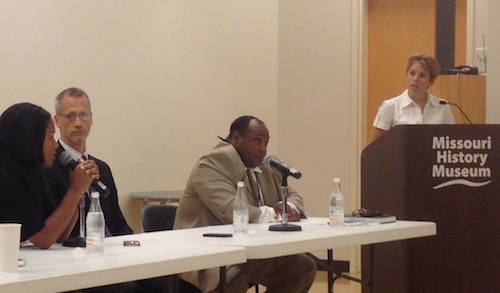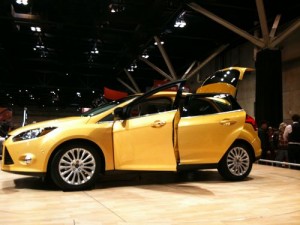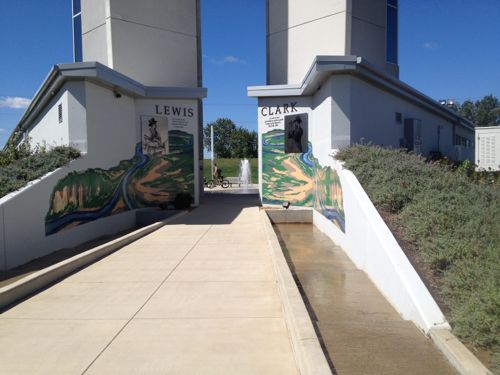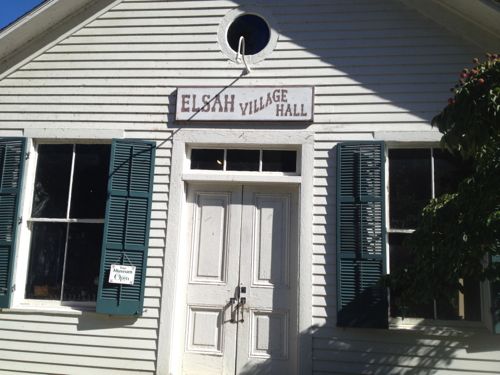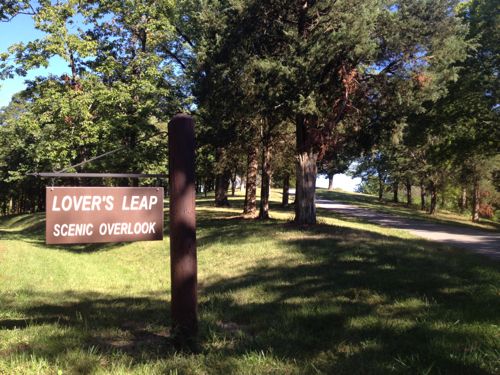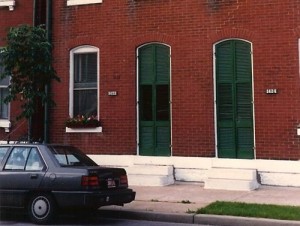Food security/insecurity may be terms you’re not familiar with, this may help:
Food security refers to the availability of food and one’s access to it. A household is considered food-secure when its occupants do not live in hunger or fear of starvation. The USDA estimates that nearly 9 out of 10 U.S households were food secure throughout 2005. It is a measure of resilience to future disruption or unavailability of critical food supply due to various risk factors including droughts, shipping disruptions, fuel shortages, economic instability, wars, etc. Food security assessment is divided into the self-sufficiency rate (S) and external dependency rate (1-S) as this divides the largest set of risk factors. Although countries may desire a high self-sufficiency rate to avoid transport risks, this may be difficult to achieve especially for wealthy countries, generally due to higher regional production costs. Conversely, high self-sufficiency without economic means leaves countries vulnerable to production risks.
The World Health Organization defines three facets of food security: food availability, food access, and food use. Food availability is having available sufficient quantities of food on a consistent basis. Food access is having sufficient resources, both economic and physical, to obtain appropriate foods for a nutritious diet. Food use is the appropriate use based on knowledge of basic nutrition and care, as well as adequate water and sanitation. The FAO adds a fourth facet: the stability of the first three dimensions of food security over time. (Wikipedia)
Congress is currently debating cuts to the nation’s food stamp program — properly known as the Supplemental Nutrition Assistance Program (SNAP):
SNAP offers nutrition assistance to millions of eligible, low-income individuals and families and provides economic benefits to communities. SNAP is the largest program in the domestic hunger safety net. The Food and Nutrition Service works with State agencies, nutrition educators, and neighborhood and faith-based organizations to ensure that those eligible for nutrition assistance can make informed decisions about applying for the program and can access benefits. FNS also works with State partners and the retail community to improve program administration and ensure program integrity.
The poll this week asks if you, your family, or your friends, have had at least a month of food insecurity in the last 5 years. I’ll share my personal views on the topic, and share my own food insecurity experience, with the poll results on Wednesday, October 9th. The poll is in the right sidebar.
— Steve Patterson
